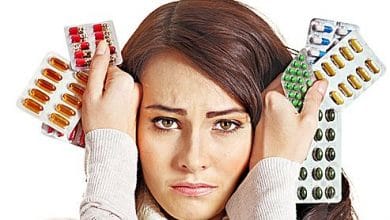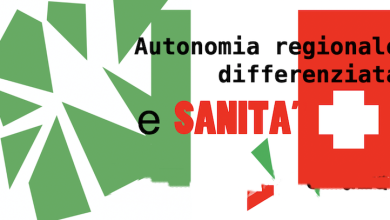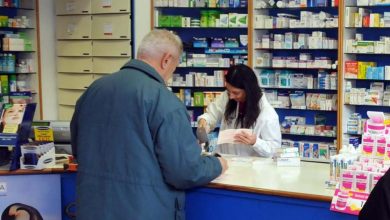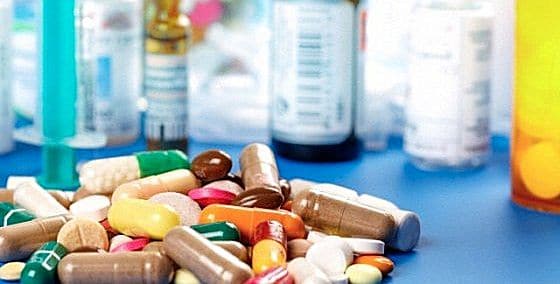
Life expectancy in our days is steadily progressing, credit to correct lifestyles, good diets and the progress of pharmacological research. Indeed, we cannot underestimate that investment by the drug industry (currently ranging from 9% of minor industries to 20% of American giants) every year they produce new molecules and treatments that often improve life or at least mitigate the problems caused by diseases.
Of Economy area for Italia Aperta | August 27, 2017 | Daily fact | Flaminio de Castelmur for @SpazioEconomia
Currently, the worldwide turnover of the pharmaceutical industries exceeds the 1,100 billion dollars and is constantly growing, so much so that market forecasts suggest it will amount to 1.3 trillion by 2020, with an annual growth rate of 4,9%, certainly supported by the aging trend of the population and the constant increase of government spending, especially in advanced countries, but increasingly also in emerging ones, where the relative rates of per capita expenditure, still low, are compensated by the significant number of people who ask and will ask more and more in the future for health pills.
In Italy it is the only sector that currently invoices more than it did before the crisis. In fact, we are talking about 30 billion in 2016 with the prospect of an increase in the current year of 2%. 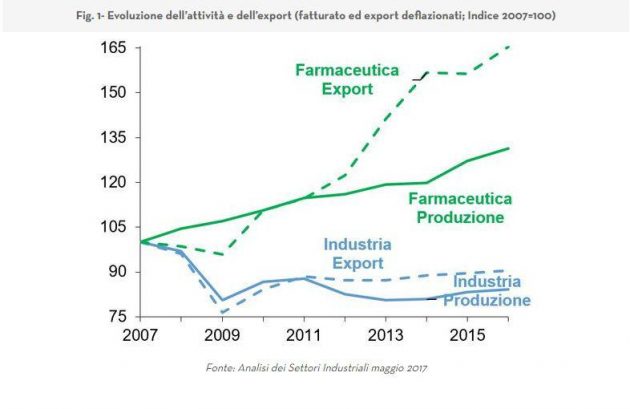 We are talking about 200 companies with an interesting employment figure at least 64,000 employees and a higher percentage of graduates than any other productive sector. An excellent figure is that of the export of pharmaceutical products, which has reached the percentage of 73%, placing us ranked second in Europe behind only Germany.
We are talking about 200 companies with an interesting employment figure at least 64,000 employees and a higher percentage of graduates than any other productive sector. An excellent figure is that of the export of pharmaceutical products, which has reached the percentage of 73%, placing us ranked second in Europe behind only Germany.
The sectors in which the production is developed are different. We are talking about the specifically pharmaceutical one, which deals with "substances used for the diagnosis, cure, mitigation and treatment or prevention of diseases, or substances that have the purpose of having an effect on the structure or function of the body"; there is the part dedicated to innovations, therefore focused on research and development or the experimental drugs, with its assets of patents and authorizations. We recall in this regard that the cyclical activity of the pharmaceutical industry involves the discovery of new products, their exploitation and their replacement when the patent expires.
Another production sector, with particularly aggressive commercial activities, is that of generic drugs. It is these products that copy other drugs, replicating the active ingredient contained therein. For this category of drugs, the price is the main tool competition.
Let's talk about the production of biological drugs, which include vaccines and the biotech, protein therapies, blood and blood components, tissues, and more. Unlike drugs constructed through chemistry, those derived from biological beings are much more complicated to treat, therefore more expensive, but sometimes also the most effective. One for all is the line of research dedicated to the treatment of cancer, expensive but a harbinger of excellent results.
Again, let's talk about the production of active ingredients and excipients, which are the basic components of drugs. This market is the one with the highest internationalisation. In fact, these products often come from industries located in countries with lower labor costs, with the growth of productive giants also in areas less dedicated to advanced scientific research. Different components low cost, excipients for example, are produced in India and China and then exported to the USA, while more sophisticated productions have been massively located in Ireland And Singapore.
The last sector we mention is that of Over the counter, Otc, defined drugs over the counter medicines, Meaning what without a prescription. And it is here that a significant portion of the sector's business is concentrated. Just to give an idea, they exist in the US 100,000 over-the-counter drugs.
They said earlier that the global pharmaceutical market, estimated at $1.1 trillion in 2016, is highly mature and well-established. The companies in the top ten they had a market share of around 40% in 2016 and around 50% considering the top-15. The following table presents a ranking for these companies:
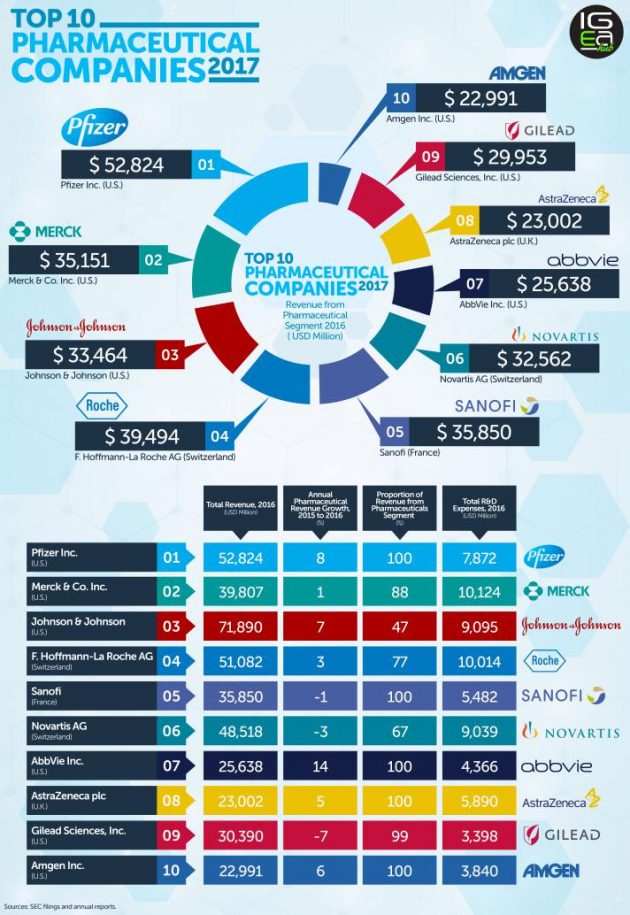
No Italians appear, for which we mention the first ten, which reach a turnover of almost twelve billion euros (out of 30 of total Italian production). Menarini, with a turnover of 3,500 million euros, stands at the top of the ranking (Farmindustria data relating to 2016), followed by Chiesi (1,600 mln), Bracco (1,360), Recordati (1,200), Alfasigma (1,000), Angelini (Pharma division, with 850), Zambon (700), Italfarmaco (650), Kedrion (650), Dompé (650). 0).
Related news: The ranking of the 10 largest pharmaceutical companies in the world updated to 2017


